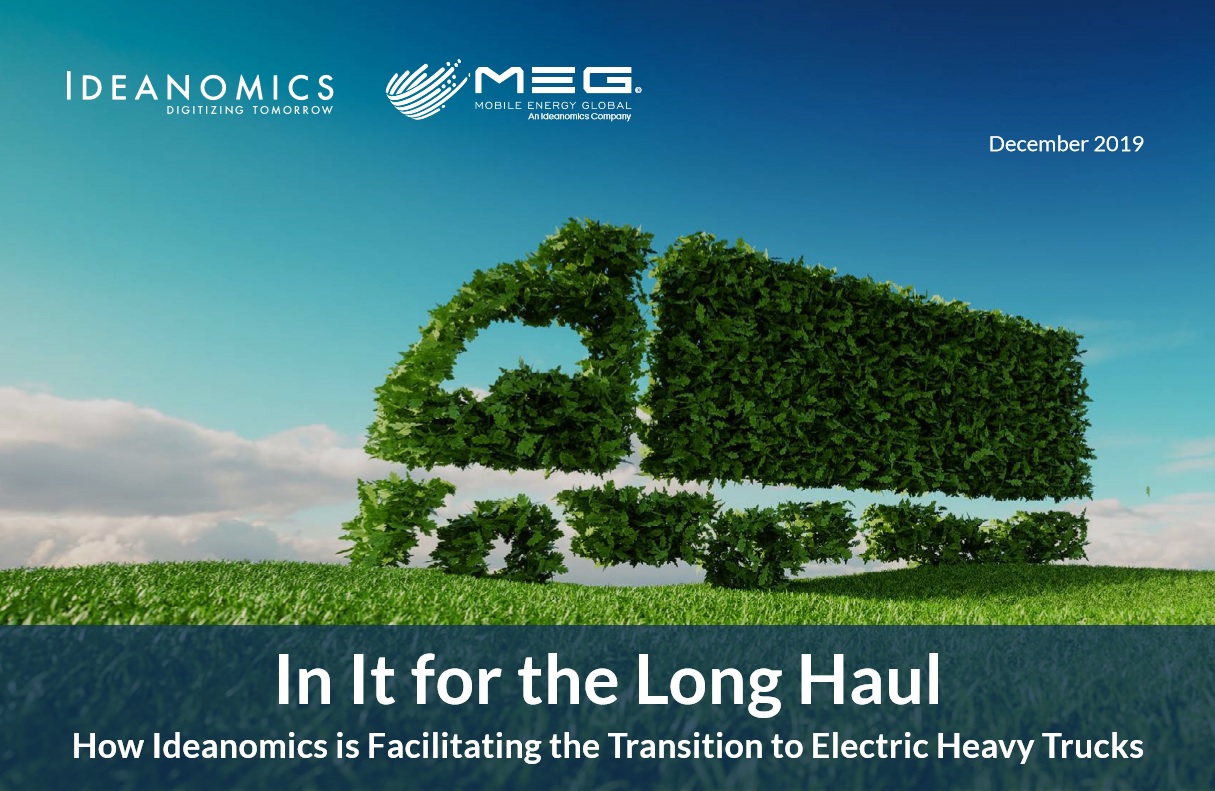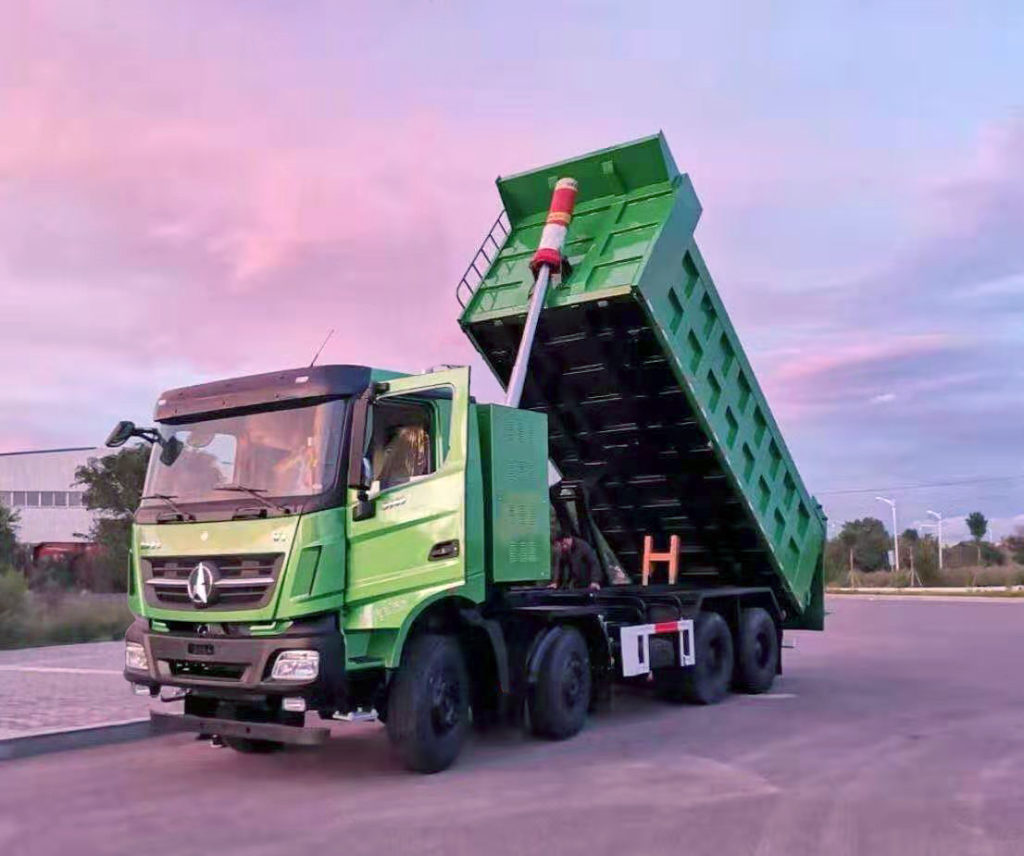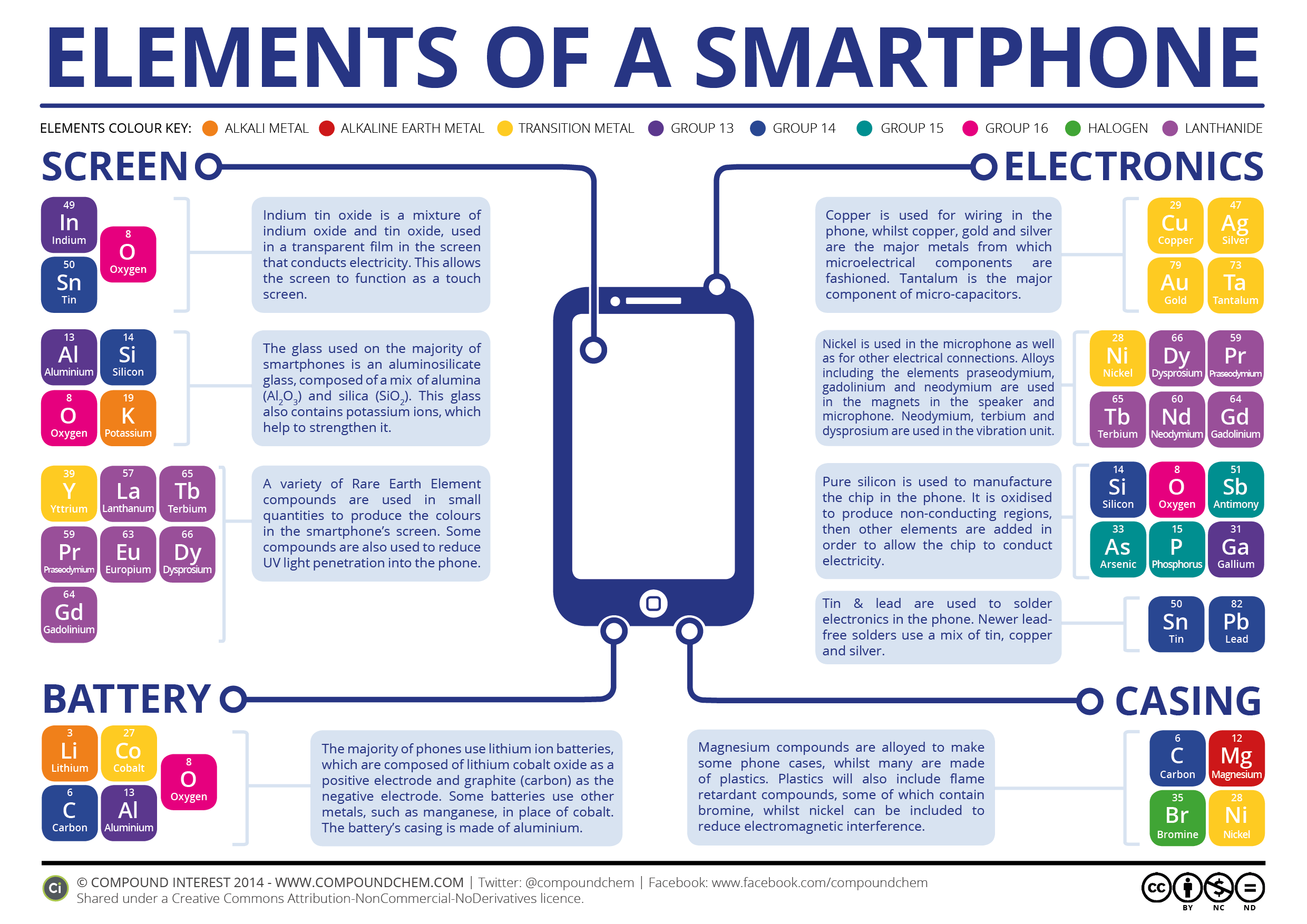In It for the Long Haul
How Ideanomics is Facilitating the Transition to Electric Heavy Trucks
By Ideanomics CEO Alf Poor


The path towards lower global carbon emissions is complex and full of trade-offs, but there is one big, low-hanging fruit in transportation — converting high torque, heavily polluting diesel trucks used in mines and other “short haul” industrial settings to full electric vehicle (EV) battery power.
Ideanomics, through its Mobile Energy Group (MEG) subsidiary, and in partnership with Contemporary Amperex Technology Co. (CATL), is tackling the heavy truck problem head on by enabling the conversion to EV technology of heavy commercial vehicles beginning with mining in China. The company is leading the way with innovative financing designed to accelerate adoption at the industrial level. Once the model is perfected there, it will be expanded to the heavy truck business worldwide and across multiple business, to ports, airports and heavy industry.
It’s easy to overlook the sheer size of the industrial sector and the energy needs it requires to sustain itself. Most of us live far away from the mines, mills, factories, and warehouses that keep our economies moving. Far from the cities and suburbs, gargantuan vehicles are used around-the-clock to haul the raw materials we depend on to live our modern lives. Consider your smartphone. It requires up to 62 different mined metals to work. (Reference 1)
Elements of a Smartphone (Reference 1)
Yet heavy truck pollution is orders of magnitude greater than passenger cars. In China’s Inner Mongolia, heavy mining trucks are just 3% of all vehicles but their exhaust represents between 18% and 60% of four major pollutants — carbon monoxide (18%), hydrocarbons (23%), nitrogen oxides (53%) and particulate matter (60%). (Reference 2)
China is a vast country. The scale of its use of heavy trucks nationwide is in the hundreds of thousands. Replacing medium and short-distance coal trucks in one coal-rich province alone would be the equivalent of taking 36 million polluting passenger cars off the road, according to the Inner Mongolia Autonomous Region Government. Considering just particulate matter — the dust, smoke and soot of air pollution — converting heavy trucks in the region to EV would reduce contamination by 76%.
Heavy truck design proposed unique challenges to the electric vehicle manufacturing industry. For example, a medium sized car requires around 180 to 320 NM of torque versus a heavy truck which requires between 1,000 and 2,000 NM. This significant difference required CATL to design special EV batteries and storage solutions to meet the substantial energy demands of these specialised vehicles.
We know from early passenger car data that EVs are more durable than combustion engines vehicles. In March 2019, a study on the lifetime analysis of fuel and maintenance costs revealed that conventional vehicle maintenance was two to four times higher than EVs. Tesloop, a Southern California car rental firm that featured only Tesla models, issued five-year maintenance logs which estimate that EVs could last five times longer than their fuel-guzzling combustion cousins.
The Toll of Heavy Truck Pollution (Reference 2)

While high efficiency and low maintenance cost are great, moving wholesale toward new forms of transportation creates a financial conundrum for the heavy truck business. Banks find it harder to finance EV projects because there’s no track record yet for battery driven heavy trucks and the resulting residual value over time. Calculating depreciation, and thus financing terms, is impeding fleet operators’ ability to receive the financing necessary to transform their vehicles to EV.
On the leasing side, compared to a 10% to 20% deposit for a diesel truck, leasing companies are demanding a 50% deposit on EV trucks. (The battery alone is half of the value of a heavy truck, and it can be easily removed, refurbished and resold.) That’s far more cash than firms have on the balance sheet for fleet replacement. Nevertheless, fleet operators in China, both private and state-owned, are under pressure to convert to EV power by 2025. They must replace up to 20% of the fleet per year at a cost of millions of dollars.
Ideanomics is filling the financing gap by inviting capital from insurance pools to invest and setting up 100% financing for the operators through leasing firms. Ideanomics also launched a battery manufacturer buyback program to help with the residual value concerns.
To qualify for financing under the program, obviously fleet operators must have good credit ratings. However, the goal of Ideanomics is to provide total financing that facilitates the mass conversion in China to less polluting EV heavy truck technology on a rapid timetable. This unique financing model, built on partnerships fostered by Ideanomics, could turn out to be a barrier to entry for competing firms interested in the EV market.
Innovative financing for trucks and batteries, along with electricity as the energy required to power EV, can bring significant cost savings to operators and make quick conversion to EV financially feasible. MEG expects to launch its heavy truck initiative in partnership with CATL in 2020 and will include battery manufacturer buyback programs and other options that will help support flexible financing.
We need heavy trucks but they need not damage the environment. Boosted by legislation and subsidies, the combination of performance and cost that EV offers, along with a compelling ROI model in terms of fuel savings, are motivating factors for commercial fleet operators. EV is transforming heavy commercial vehicles. Financing and clean energy leadership from companies such as Ideanomics and CATL point toward a future of decreasing carbon emissions alongside steady economic growth.












